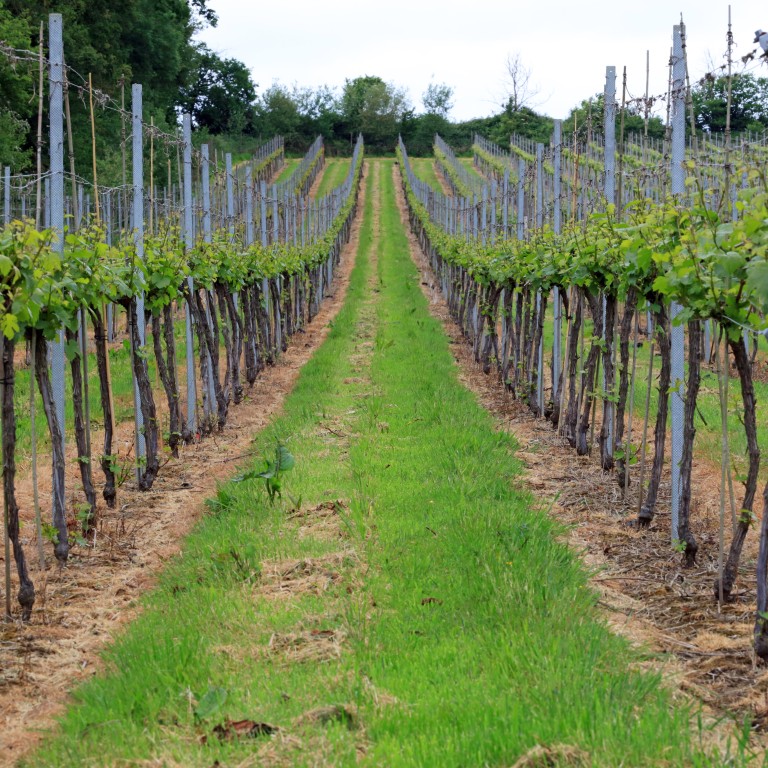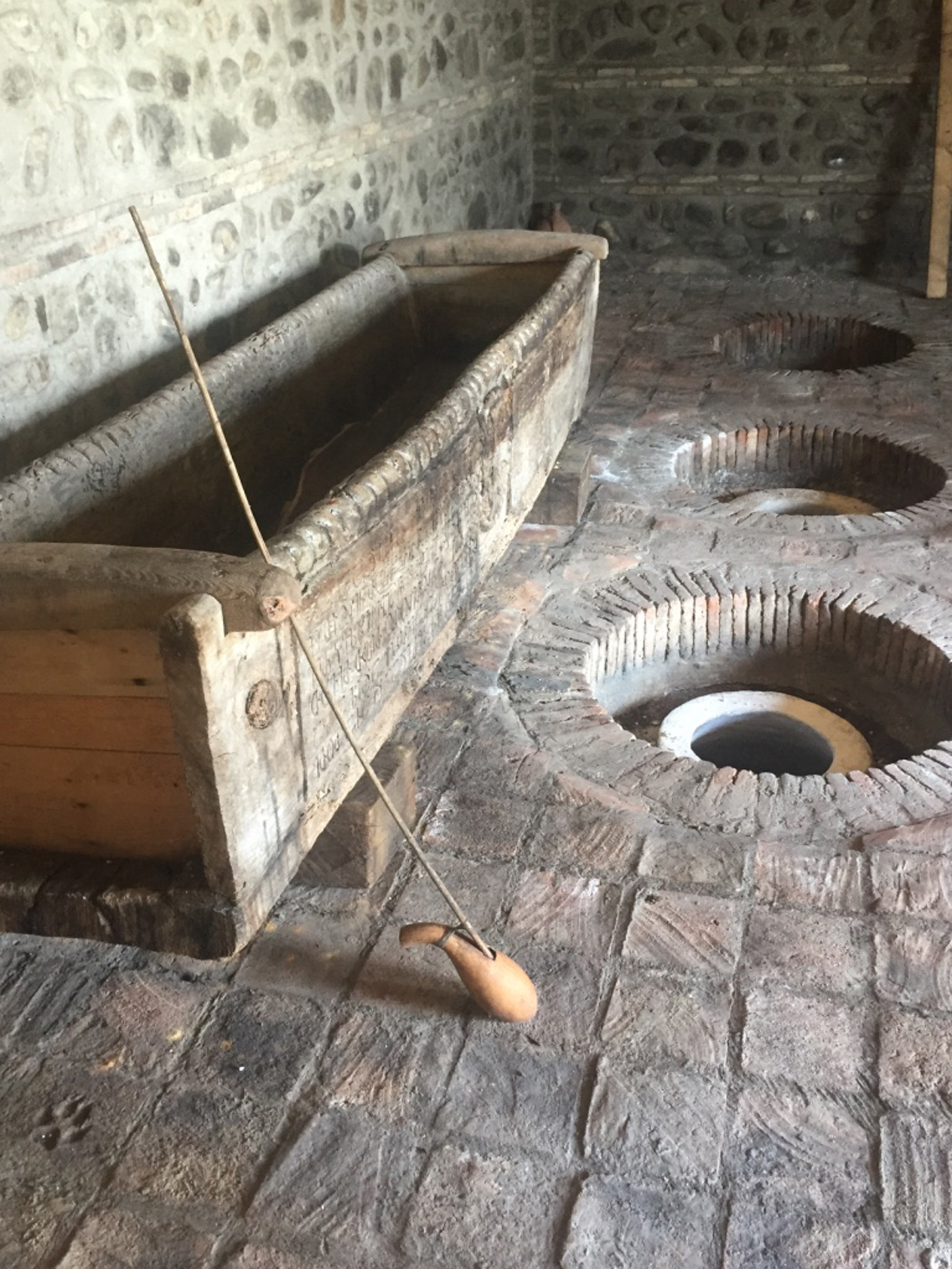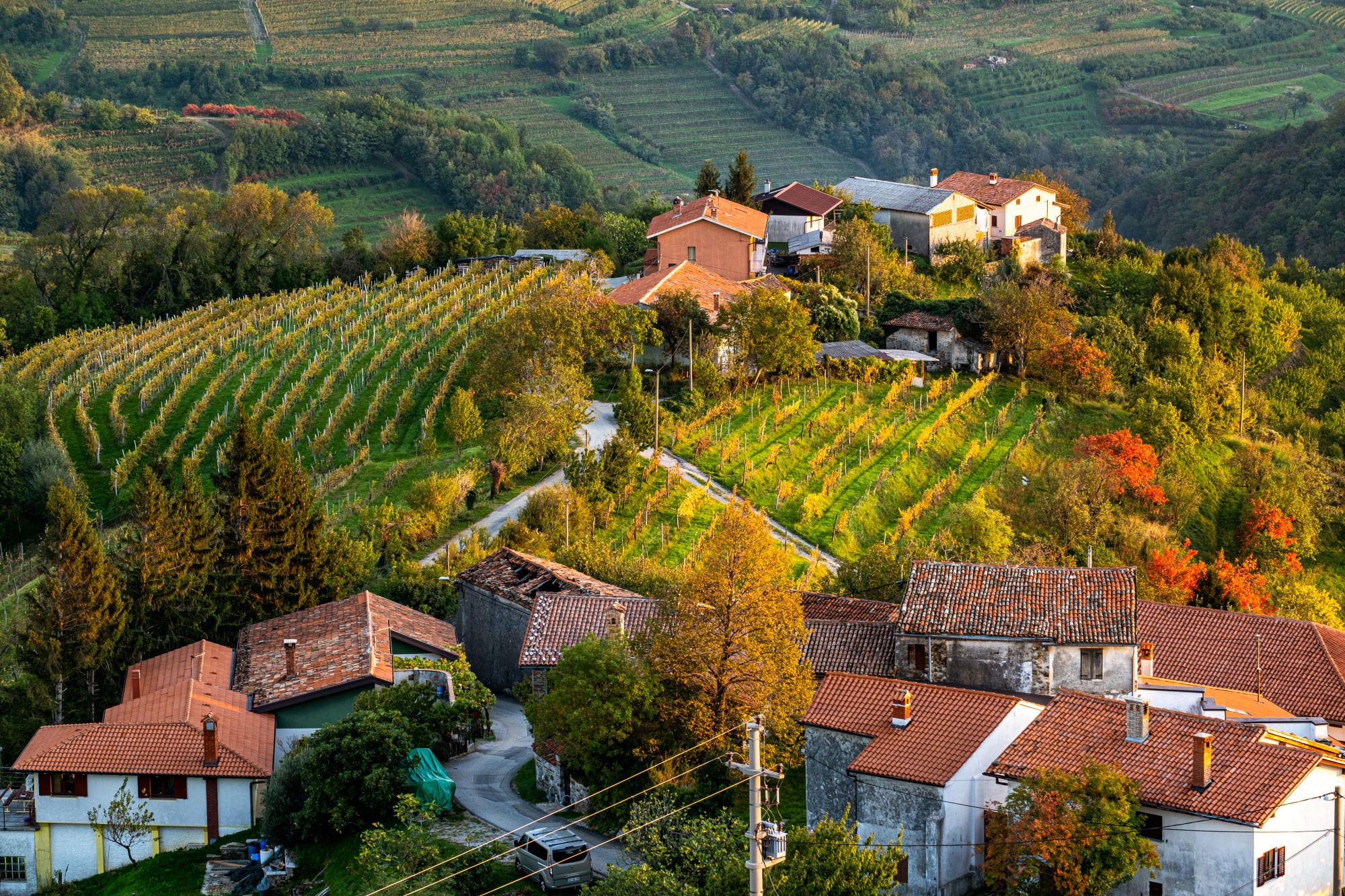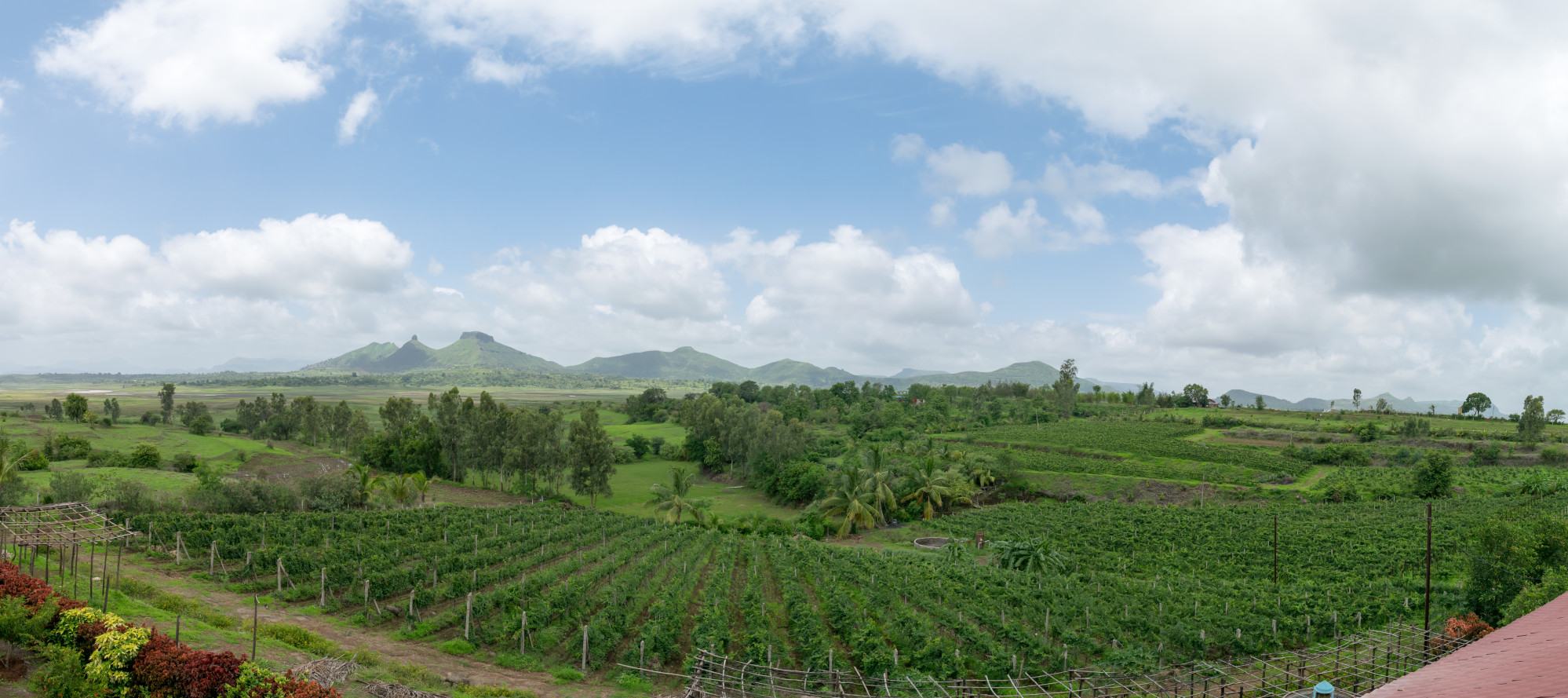
7 wine tours off the beaten track, from Georgia to China and India, and other cool attractions to visit while you are there
- When thinking of wine destinations, you may not consider places like Uruguay, Slovenia or Vietnam, but they all have vineyards and a wine industry
- We visit 7 below-the-radar wine-producing countries, some with thousands of years of viticulture behind them, and find out what else there is to see while there
Italy is the planet’s largest wine-producing country (7.5 billion bottles annually), but only dedicated oenologists will be aware that Ethiopia has won gold medals at international wine competitions.
France churns out bottles by the billion as well, but who knew that wine is made in Tahiti, French Polynesia, with grapes grown in what is probably the world’s most remote vineyard.
Spain and Portugal are well-established vino (or vinho) producers, but Morocco and Tunisia have also crafted award-winning vintages.
Here are seven more unsung wine producing countries, each paired with a sightseeing suggestion or two.

1. Georgia
The 2017 discovery of grape residue in pottery jars unearthed in modern-day Georgia provides evidence of winemaking skills dating back at least 8,000 years.
Why wine city Porto’s vast drinking vessel collection will make you go ‘wow’
Kakheti is Georgia’s main wine-producing region – to get a feel for the place, stay overnight in the gorgeous medieval hilltop town of Sighnaghi rather than trying to see everything on a day trip from the capital, Tbilisi.
The scenic Kakheti wine route features vineyard tours, tastings and hearty Georgian meals. Take a tour, not a hire car.

2. Slovenia
Slovenia is home to the world’s oldest grapevine still producing fruit, although winemaking in this part of central Europe began much earlier than 1570. Celtic tribesmen were growing grapes here centuries before the Romans introduced viticulture to France and Germany.
Part of Yugoslavia for 46 years until its independence in 1991, Slovenia was recently described as “the most underrated wine destination in Europe” by Food and Wine magazine.
Vespa tour of Croatia and Slovenia offers taste of Hollywood glamour
The region of Podravska has the largest concentration of vineyards and is renowned for its sparkling wines and world-class dessert wines. Further west, nestled between the snow-capped peaks of the Julian Alps and the sun-drenched Adriatic coast, is the wine-producing region of Kras, or Karst in English.
Proximity to Italy means wine buffs can pair a Slovenian tasting tour with a road trip to Venice, two hours away. Alternatively, combine the Kras Wine Road (160 vintners) with a circuit of Slovenian coastal towns. Koper, Izola, Portoroz and Piran are all 30 to 40 minutes from the vineyards.
Good luck deciding which is the loveliest.

3. India
India has a winemaking history dating back 4,000 years, although the country’s first commercial operation was only established in 1982.
A four-hour drive from Mumbai in the state of Maharashtra, the city of Nashik is gaining global recognition for its wines, a number of which have won awards and praise from critics and connoisseurs.
The hot and humid climate of the subcontinent presents a challenge, but experimentation with grape varieties and growing methods has yielded positive results.
‘There are cow horns with poo’: a vineyard tour of McLaren Vale
Vineyards in the “wine capital of India” can mostly be found in the cool foothills of the Western Ghats, a mountain range that is a haven for outdoor enthusiasts.
Besides tasting tours, visitors can join guided hikes and wildlife safaris – the region is home to tigers, leopards, elephants and many species of birds.
It’s also possible to sign up for cookery classes, unwind at a yoga retreat or practise meditation in a forest sanctuary.

4. Vietnam
Wine production in Vietnam began during the French colonial era (1877-1954) but was put on hold during the war with the US (1955-75). Vineyards are up and running again, although planting was initially problematic because former battlefields were littered with landmines.
At an altitude of 1,500 metres, the former French hill station of Dalat is Vietnam’s premier honeymoon hotspot – a delightful place to escape the heat of the plains.
Five cheap Vietnam destinations far from the Instagram crowd
Besides grapes, the cool climate and fertile soil in this part of the Central Highlands are perfect for growing fruit and vegetables.
In addition to vineyard tours, lovers and others can visit flower gardens, tea and coffee plantations and pick-your-own farms.
5. England
Despite a heritage of viticulture stretching back to Roman times, wines produced in England were once the butt of (vinegar-related) jokes. Attitudes are changing, however, and some experts now consider English sparkling wines to be among the world’s best.
In 2016, the Royal Agricultural University acquired the Cotswold Hills vineyard, near Cirencester, in western England. The resulting social-enterprise project helps students gain an understanding of the wine-production process.

Besides learning about vineyard management, grape varieties, marketing and selling, students also tend the vines and help with the harvest.
The Cotswolds is a quintessentially English region of rolling hills, picturesque villages and tranquil countryside. Blenheim Palace, birthplace of Winston Churchill, is open to the public and the 164km (100-mile) Cotswold Way follows ancient footpaths to the world heritage city of Bath.
The Plough pub, in nearby Cadsden, is a great spot to enjoy a pint; this is where then British prime minister David Cameron invited Chinese President Xi Jinping for a beer in 2015.

6. China
Archaeological finds indicate villagers in China were brewing alcoholic wild grape, rice and honey drinks (and presumably enduring Neolithic hangovers) around 7000 BC.
Fast forward to the end of the 19th century, and China’s first vineyard opened in Yantai, Shandong province. Today, the region produces 40 per cent of Chinese wine. But as we’re interested in the unsung and obscure, let’s head to Inner Mongolia.
Inner Mongolia captured in photos by native who finally realised its beauty
Situated on the edge of the Gobi Desert, the city of Wuhai endures harsh winters with frequent frosts and very little rain – not ideal conditions for producing a great vintage. To limit damage, vines are buried underground for the winter and dug up again in the spring.
Inner Mongolian winemaking is still in its infancy, but to raise brand awareness and attract potential customers, Wuhai is developing a tourism strategy centred on vineyard visits and an annual World Dessert Wine festival.
7. Uruguay
Like its national football team, Uruguay punches above its weight when it comes to winemaking. There are bigger producers in South America – Argentina, Chile and Brazil, for example – but Uruguay’s predominantly family-owned wineries have built a reputation based on quality over quantity.

Regarded as the national grape variety, tannat was introduced in the 19th century by Basque immigrants, and thrives thanks to the favourable climate and soil conditions.
Full-bodied tannat wines have garnered numerous awards and accolades, further enhancing Uruguay’s credentials as an influential global player.
Colonia del Sacramento, a Unesco-designated city with cobblestone streets, colonial architecture and a picturesque waterfront, is a convenient wine taster’s base.

